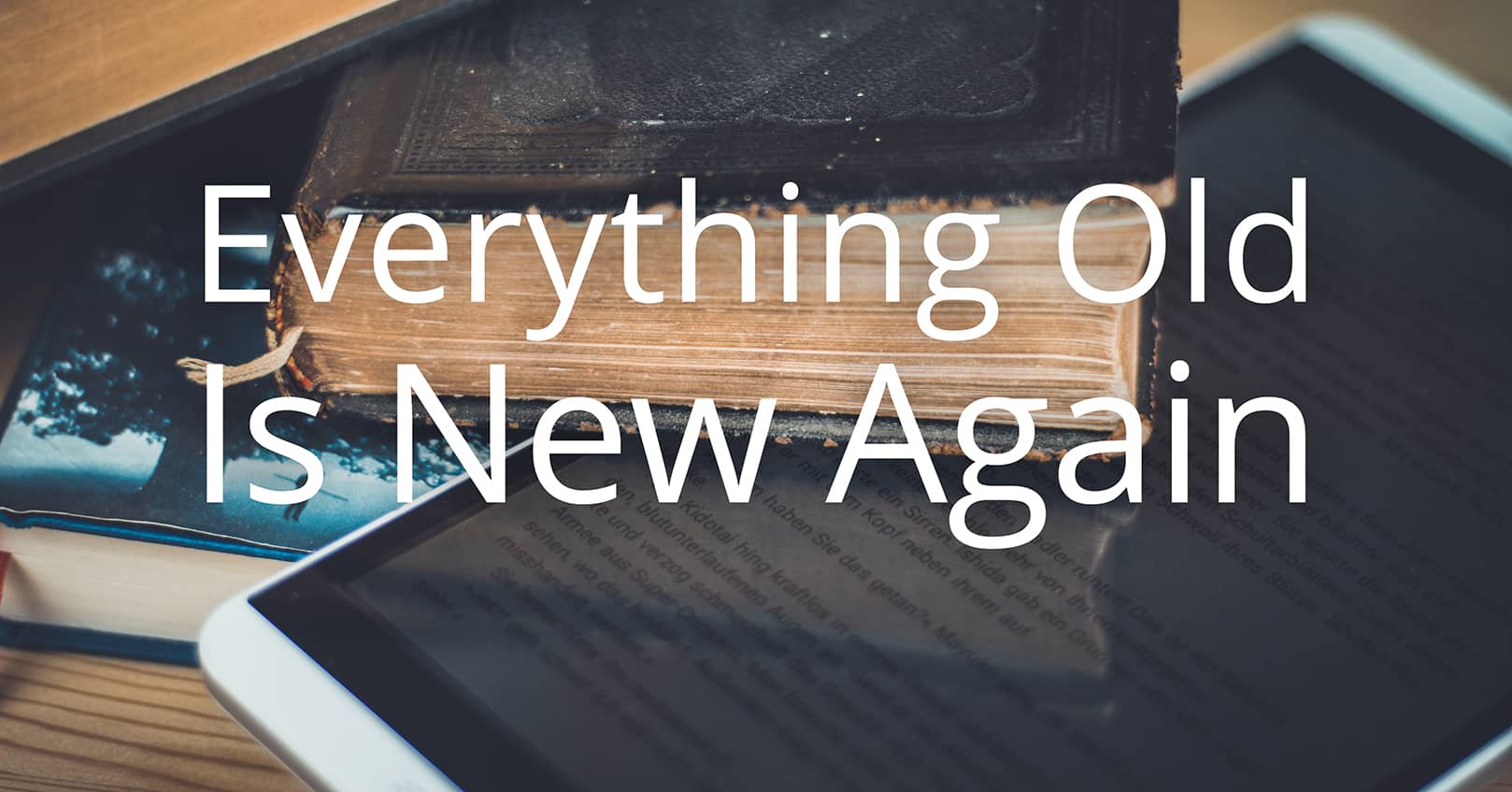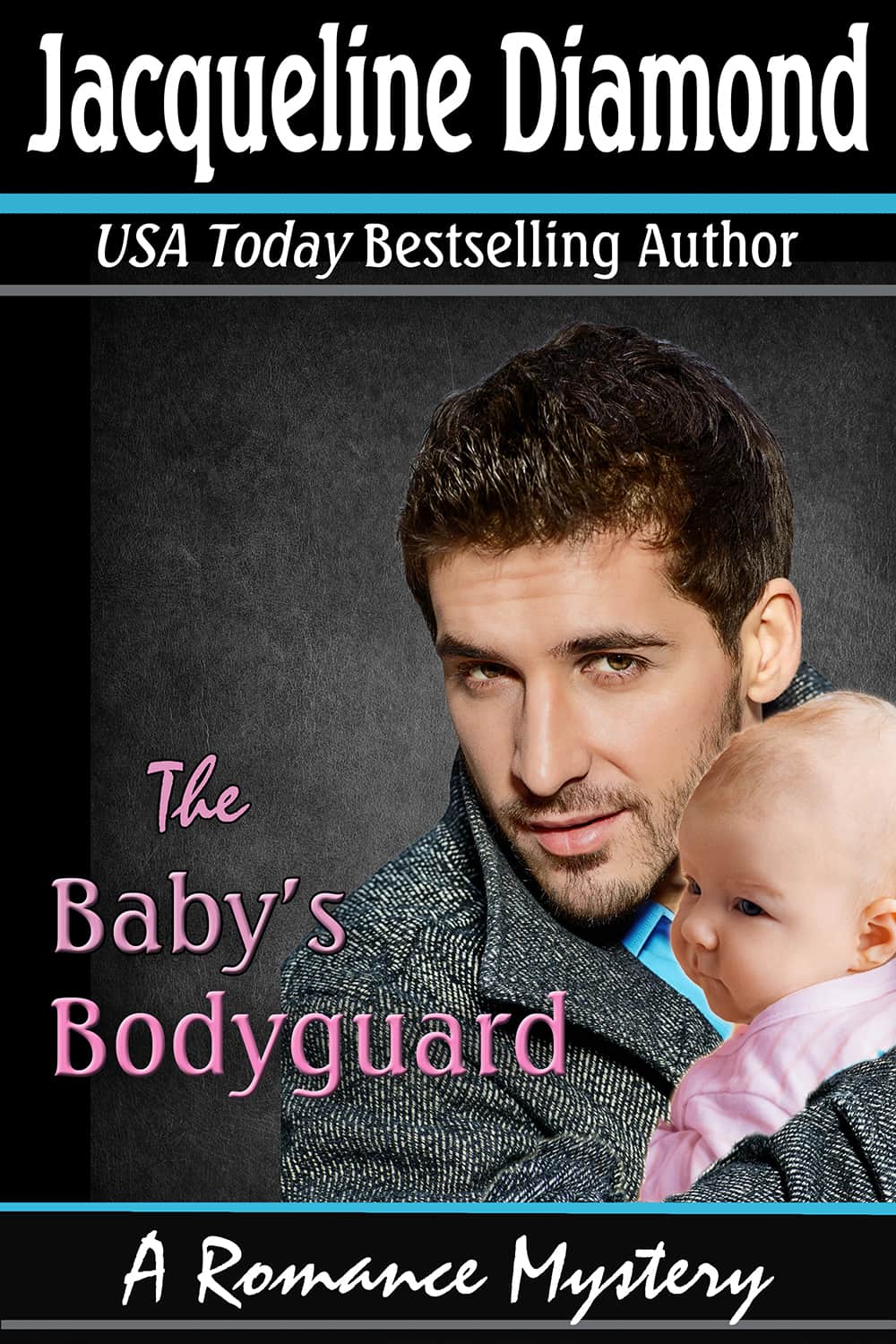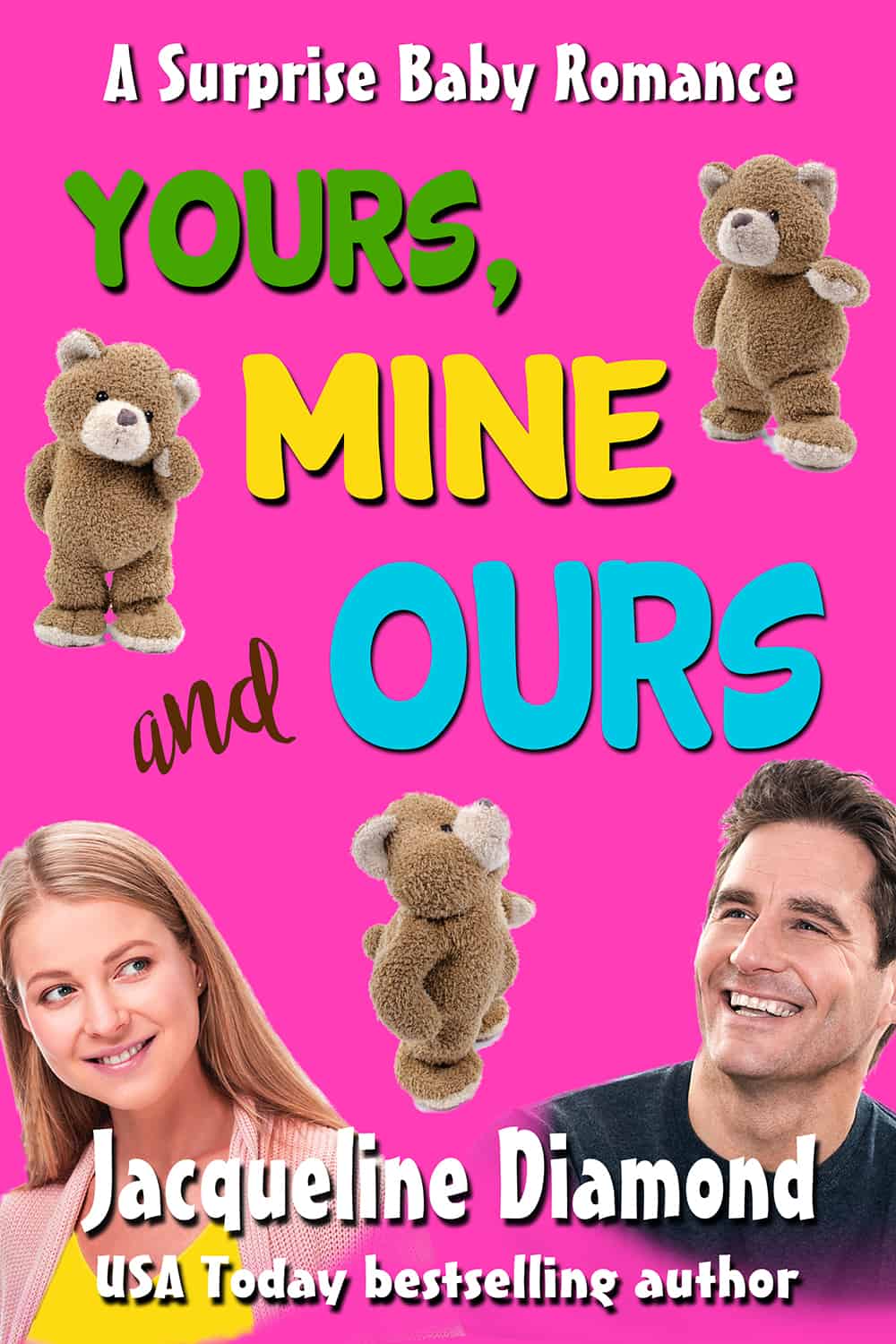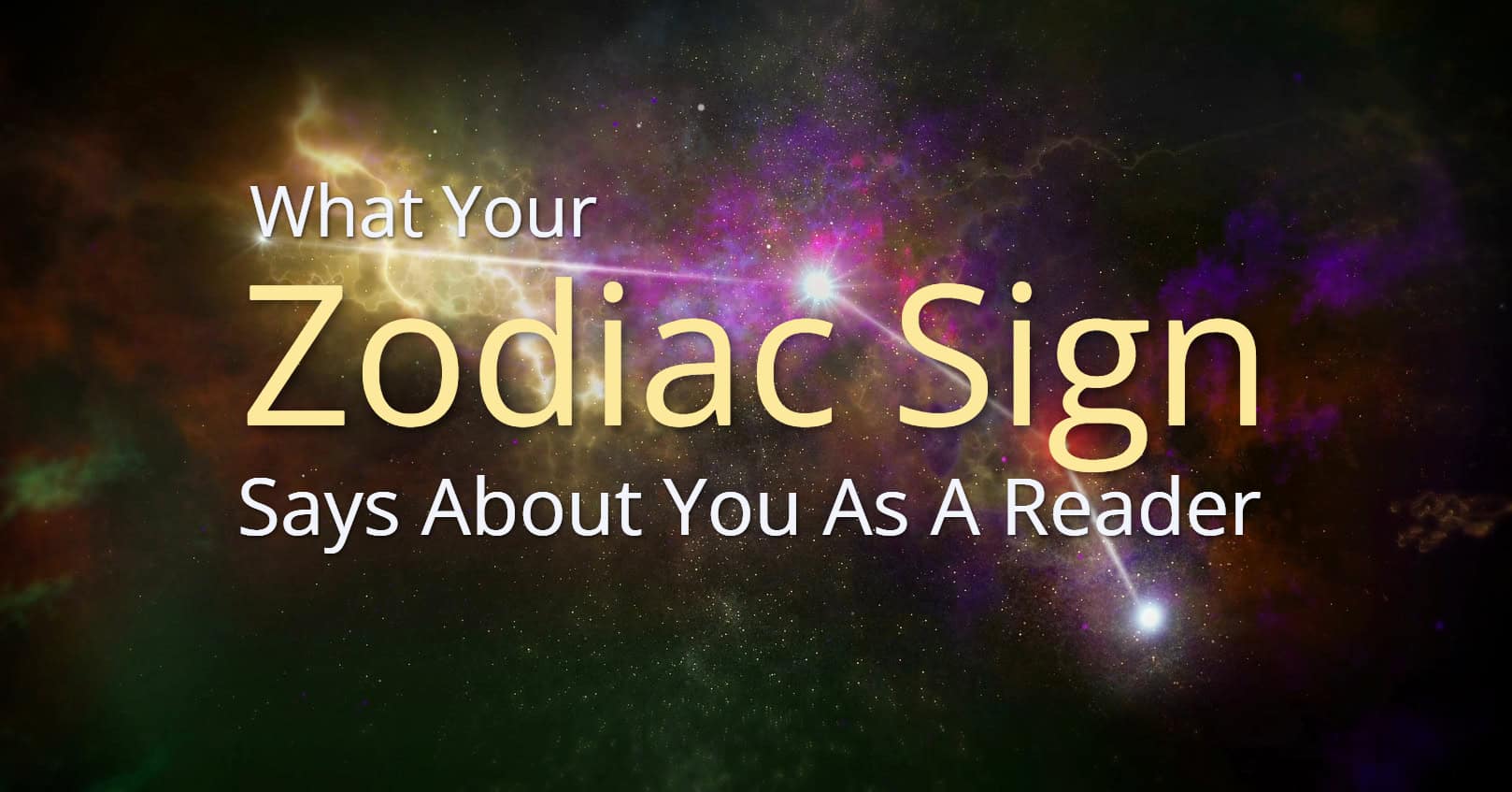
Isn’t it magical how ebooks appear, available for reading (or deleting if they fall short)? Of course you know that happens because authors are busy writing them.
But what about those old favorites that show up with fresh covers? Do they just hop over from the original, traditional publisher to start a new life, while the author sits back and collects the royalties?
Having sold over a hundred novels, many to Harlequin, as well as self-publishing nearly a dozen new ones, I wish it were that easy!
Quick background: I entered a very different world of publishing in the 1980s. Around 2010, I learned about digital self-publishing in order to reissue my older books as I regained rights, and a few years later began writing originals to self-publish. I’m currently writing the Sisters, Lovers & Second Chances series, featuring a group of sisters in their fifties finding love.
As for those older books, I own the copyrights to most of them (except for a few written under special contracts). The contracts, or licenses, that I signed with the original publishers allow me to reclaim all rights under certain circumstances. This can get complicated, so let’s just say I have to keep track of each book and push for its return.
Then the real challenge begins!
Since each book matters to me, I never reissue the original text without revising and updating. Old phrases and references can look silly—such as characters running around seeking pay phones—and social customs change, such as guys routinely opening car doors for women.
Then I design new covers—more about this in a minute—and write new blurbs. Those are the short, enticing descriptions that help you decide if this book’s for you.
What are the surprises I’ve run into? For one thing, several books that Harlequin promoted as contemporary romance are really, upon reflection, more accurately described as romantic suspense. With a new, suspenseful cover, The Baby’s Bodyguard became an online bestseller (#1 on Amazon’s romance mystery bestseller list).

During the revision process, it’s often a joy to rediscover beloved characters and storylines that I’d nearly forgotten. On the other hand, not all books hold up well. I’ve “retired” several of my earliest novels for such flaws as having a heroine who’s too passive, or story development that doesn’t measure up to my current standards.
As for the covers, the originals belong to the publisher, so I have to make or commission new ones. A whole industry has sprung up in the past decade to serve self-publishing authors, and that includes stock photo sites, where photographers and artists from around the world post their work for licensing.
My mother was an internationally recognized sculptor who taught art at a university. Although I’m not that talented, I create most of my own covers, with a few exceptions (such as my half-dozen Regency romances). I license photo images or illustrations from stock sites and manipulate them with Photoshop.
Covers aren’t simply pretty decorations; they’re sales tools and sources of information. Readers need to see at a glance what the genre is (romance? science fiction? mystery?). Images, fonts, and colors have to suit the category. Also, the viewer must be able to read the title and author’s name easily.
Styles change, so occasionally I reevaluate my covers. For example, I recently updated my romantic comedy Yours, Mine and Ours, which I first reissued ten years ago. The new cover is brighter and more playful.

A self-publishing author, including those of us reissuing older works, has to master new skills to understand an evolving field. The result, for readers, is an abundance of stories to entertain us all over again.
Happy reading!

















Thanks for explaining this process. I’m always interested in getting a peak behind the scenes. I wish you continued success as you tackle this new technology.